A revolutionary analytical method for biomolecules
Mass photometry is a powerful biophysical analytical technique based on the principles of interferometric scattering (iSCAT) microscopy. Samples measured using mass photometry are placed on a glass slide and illuminated with a laser. The mass photometer then measures the interference between the light scattered by molecules in the sample that land on the measurement surface and the light reflected by the measurement surface. The measured signal or “contrast” depends on the density and refractive index of the particles measured, and it is directly correlated with molecular mass.
By using a calibrant of known mass and of the same biomolecule class as the samples being measured, mass photometry can calculate the molecular mass of each individual particle measured. The result is a histogram showing the mass distribution of the sample, including low-abundance populations. This allows mass photometry to detect all molecular species present in a sample, from single proteins to complexes with different stoichiometries, to contaminants or aggregates.
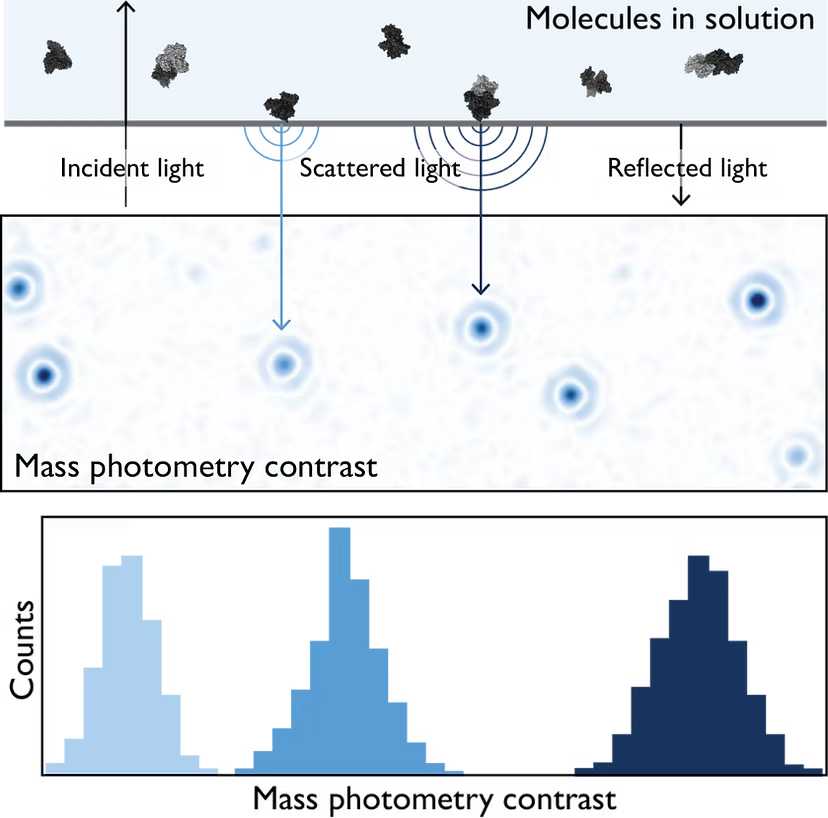
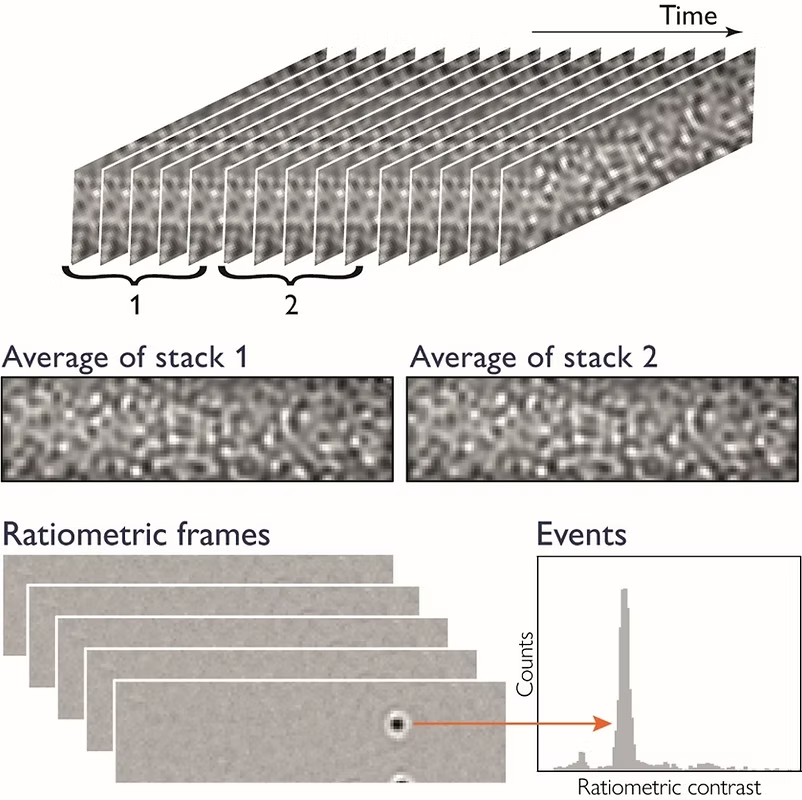
How do mass photometers analyze data?
During a mass photometry measurement, the measurement surface is recorded by a CMOS camera. A ratiometric movie is then constructed by dividing two moving averages of the raw frames.
This system allows a mass photometer to pick up from the background the small differences between consecutive ratiometric frames – such as those caused by a particle landing on the measurement surface. The high sensitivity of mass photometers, combined with sophisticated data analysis, are what make mass photometry such a powerful biophysical analytical technique.
To learn about how mass photometry analyzes biomolecules
Basics of mass photometry
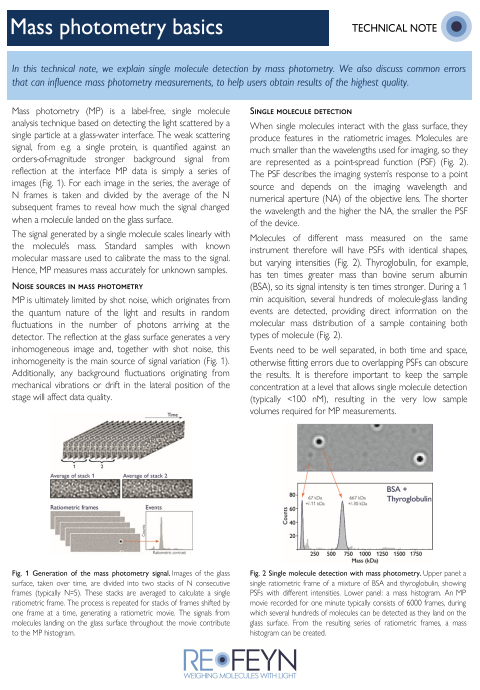
Additional resources
BLOG: Blog: How does mass photometry work?
In this blog post, you can read a detailed description of the basic principles, advantages, and limits of mass photometry, as well as further resources and references.
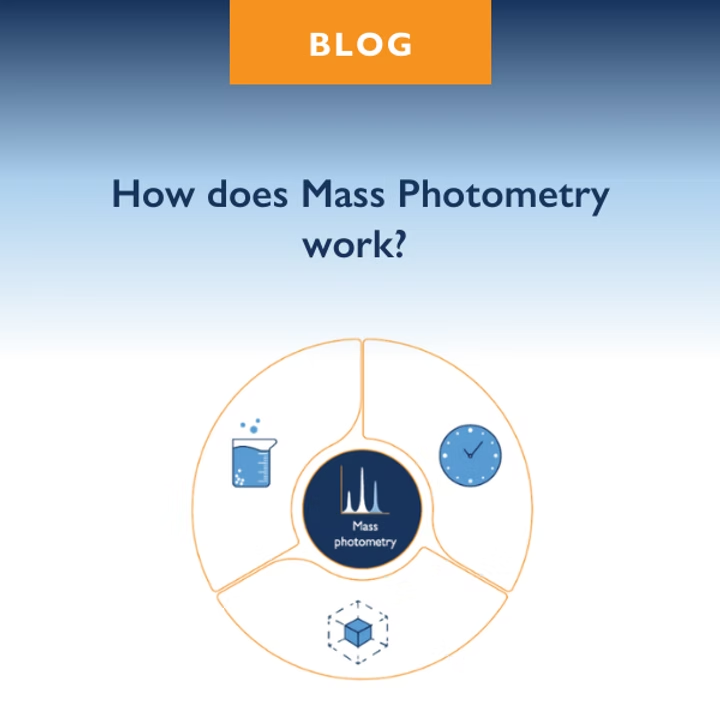
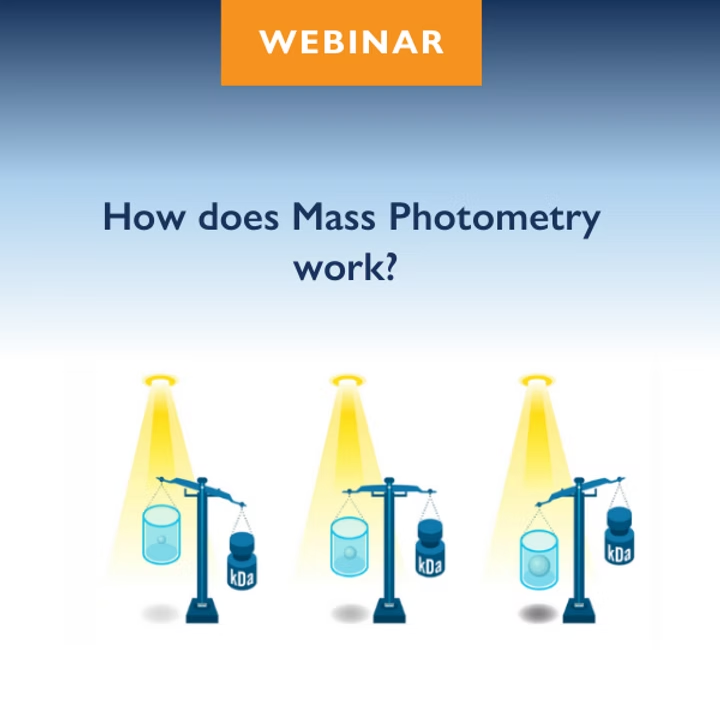
WEBINAR: Measuring Molecules with Light - Prof. Philipp Kukura, University of Oxford
In this webinar, Refeyn’s co-founder, Prof. Philipp Kukura, discusses how mass photometry works and the biophysics behind this revolutionary analytical method for biomolecules. Mass photometry is a bioanalytical technology that studies biomolecules at the single-molecule level, in their native state and without needing labels. It measures the light scattered by individual particles and uses this signal to count the particles and measure their mass.
To learn more about how to get the most out of this revolutionary bioanalytical method
More Application Notes
Browse through our catalogue of application notes highlighting some recent case studies featuring mass photometry.
